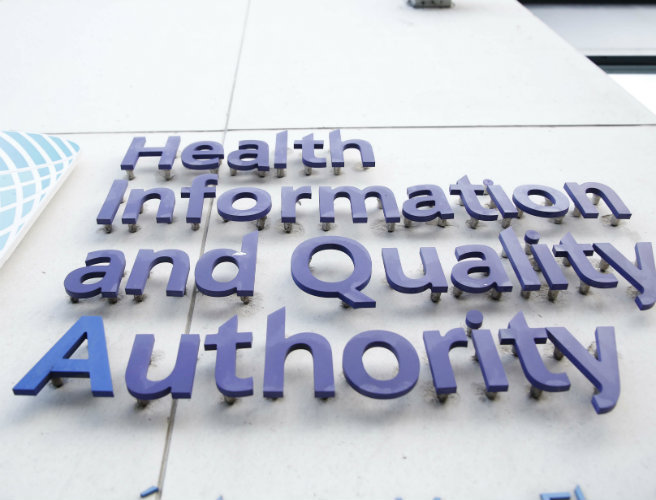By James Rodger
Copyright birminghammail

The DVLA has announced new medical rules for driving licences – with stricter fitness requirements needed. The DVLA has updated ita medical framework for private licence holders and professional drivers of buses and lorries. The move from the DVLA will offer clinicians stricter guidance. The DVLA has introduced new classifications for brain tumours, revised rules around cardiovascular conditions, and tweaked rules for those with neurological problems and mental health issues. It has introduced changes to the transcranial magnetic stimulation requirements, too. The DVLA has documented all the changes in its Fitness to Drive handbook which is available for road users online. READ MORE Pensioners urged not to withdraw money in ‘panic’ before November change It says: “Transcranial magnetic stimulation – addition of guidance (including Appendix B). “Subarachnoid haemorrhage – revision of standard to include extradural aneurysms. “Functional neurosurgical techniques – new standard added. Addition of functional neurological disorders to the chronic neurological disorders section. Dissociative seizures – revision of standard.” It adds: “Driving involves a complex and rapidly repeating cycle that requires a level of skill and the ability to interact simultaneously with both the vehicle and the external environment. “Information about the environment is via the visual and auditory senses and is acted on by many cognitive processes (including short-and long-term memory, and judgement) to affect decisions for the driving task in hand. “These decisions are enacted by the musculoskeletal system, which acts on the controls of the vehicle and its relation to the road and other users. “The whole process is coordinated by complex interactions involving behaviour, strategic and tactical abilities, and personality. In the face of illness or disability, adaptive strategies are important for maintaining safe driving.” It said: “The medical standards are continually reviewed and updated when indicated in light of recent developments in medicine generally, and traffic medicine in particular. The most up-to-date version of this guide will always be online on GOV.UK”



